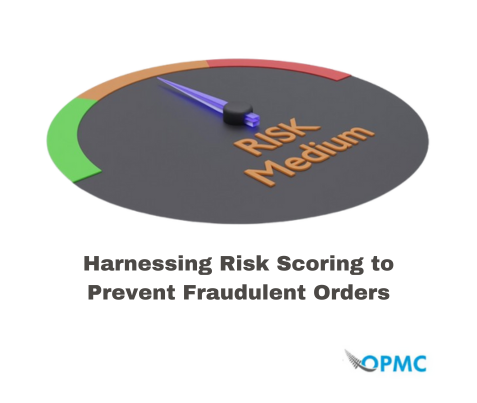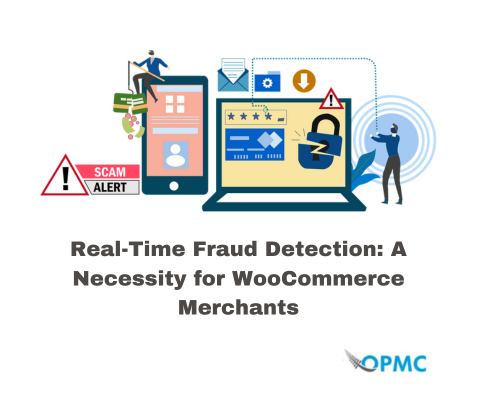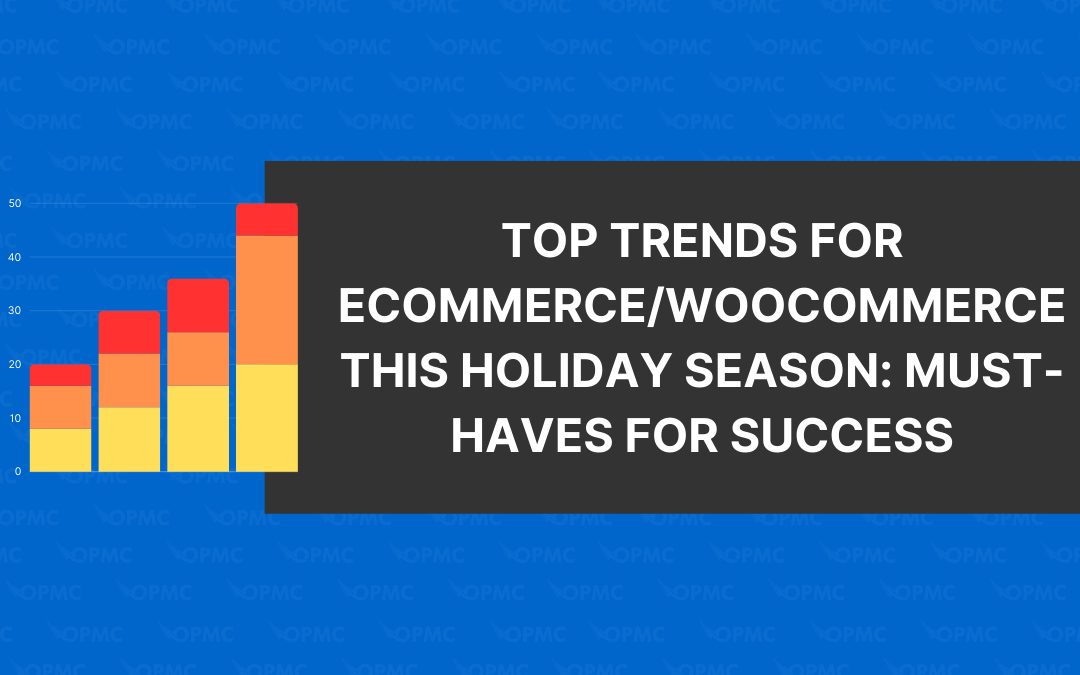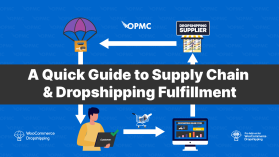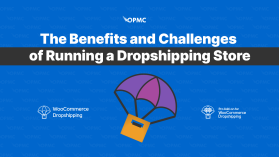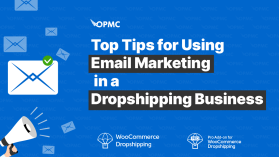The dropshipping business model is becoming more and more popular, with many companies using it to grow their businesses. However, some challenges can arise when you switch from traditional ecommerce to the dropshipping model. One of the main challenges for dropship retailers is handling returns and customer complaints. If handled poorly, these issues can seriously damage your business reputation.
Luckily, there are a few steps you can take to reduce these issues as much as possible so you can grow and scale your dropshipping business effectively
Successful Dropshipping is Based on the Customer Experience
It doesn’t matter how good your product is or how cheap you can get it to customers. The most important thing is how your buyers feel when interacting with you.
In fact, this is what makes dropshipping so lucrative. As there are no physical products to ship, each transaction represents only money and time spent with little risk of loss or damage. If something goes wrong, then it’s usually just a few clicks away from being resolved.
As such, you can spend the vast majority of your time as a business owner focused on customer relationships and product promotion. All that is left is dealing with returns.
Why are Returns Requested?
Returns happen for many reasons. Customers get new items as gifts or want something different than what they ordered, sometimes due to internet shopping confusion. Regardless of why this customer wants their money back, returns are natural parts of doing business online.
The most common reasons you’ll have a returns request relate to:
- The product is different than what the customer expected to receive.
- The item is damaged or somehow faulty upon arrival.
- The buyer changed their minds about their purchase.
- The overall quality of the item is not up to par.
- The product arrived much later than anticipated.
- It may be the wrong size, colour, or other variation.
- And more.
Typical Dropshipping Returns Process
The good news is that most of the time, returns are not complicated. Here’s a typical process for handling them:
-
- Receive a returns request
- Inform your supplier of the request
- Item is shipped back to your fulfillment supplier
- A refund, credit, or exchange occurs
- Funds are transferred to your account
- You issue a final payment back to the buyer
Of course, this process will vary based on the unique nature of your supplier and dropshipping business infrastructure, but this gives you a basic idea of what to expect. Now let’s dive into some tips for improving the process as you move forward.
Guide to Handling Returns & Customer Complaints
1 – Provide a Clear Return/Refund Policy
A clear return policy is essential for customer satisfaction, and it should be easy to find on the website. The return policy should also be easy to understand, so customers know what their rights are and how they can exercise them.
It should also be easy to use—that means providing a clear explanation of what you do and don’t accept as returns, how long you give customers before they have to send something back (and how), whether or not there’s an additional cost if a customer wants express shipping instead of regular shipping (or anything else), etc.
Finally—and this is crucial—the return policy should also be easy to navigate through. You need to:
Set Eligibility Requirements
The eligibility requirements for returns and exchanges are based on the product itself, not the customer. For example, if you sell a t-shirt online and it has a tear in it when it arrives at your customer’s home, you need to be clear about what you will accept back to your supplier, so you are not losing money or risking fraud.
Type of Refunds You Offer
There are a few options for returning and refunding your customers’ orders. As a dropshipper, you’ll want to offer refunds in one of the following forms:
-
- A partial refund (i.e., only some of the money back)
- Store credit or additional product (instead of a full refund)
- Refund via original payment method (credit card, PayPal, etc.)
- Refund via new payment method (if the customer wants to switch it up!)
The Returns Time Frame
You should have a clearly stated returns time frame in your return policy. This will help to ensure that customers know how long they have to return an item, and it can also help you keep track of how effective your policies are. The longer the time frame is on returns, the more likely it is that customers will take advantage of this policy by buying products knowing they can send them back later if they change their minds.
On the other hand, if you offer very short return windows (say one week), then many potential buyers may be reluctant to buy from you because they don’t want their product sitting around for too long before being able to return it.
Clear Returns Instructions
It’s important to provide clear instructions on how to return a product. You should give your customers a return address, contact number, and a return form link.
2 – Incentivize Exchanging Products
As a retailer, you should always be thinking about how to make your customers happy. One of the easiest ways to do this is by offering incentives for exchanging products. This might mean giving them a discount on their next purchase or even giving them some kind of gift card.
You can also offer free shipping labels so that the customer doesn’t have to pay any additional costs when they exchange their product and send it back to you. This is to boost your word-of-mouth marketing by demonstrating your willingness to solve a problem.
3 – Maintain 24/7 Customer Support
Customer service is the most important factor in customer retention, and customer support can sometimes make or break a business. A good customer support experience is one that leaves your customers feeling like they’re being heard, and it’s one of the best ways to convert your customers into repeat buyers.
For this reason, it’s essential that you provide 24/7 customer support. In addition to providing a phone number and email address on every page of your website—and making sure those contact details are easy for customers to find—you should also implement live chat functionality. This way, customers can ask questions about products or services directly from their browser window.
4 – Automate Your Returns Process
The more you automate the returns process, the quicker your customers will find a resolution to their purchase situation. This is only useful when the correct players are notified of a return and its progress. That means you want a solution that works for your ecommerce platform, your dropshipping order fulfillment supplier, and the customer requesting the return.
5 – Offer Store Credit
Store credit keeps the money in your business. Instead of losing money, you are lowering your risk of thinner profit margins by keeping the cash flow active inside your dropshipping ecosystem.
Sure, you may still lose money in the short run, but you’ll ensure that customers will come back again because they have been incentivized to use their store credit. That can lead to complimentary purchases or an opportunity for an upsell.
6 – Conduct the Returns as Quickly as Possible
The returns process should be fast and easy. Customers want to return products they don’t like or can’t use, but they also want to know what to expect. When it comes to handling returns and customer complaints, you want your customers to be able to track the process easily so that they can get a refund quickly.
7 – Shift Your Mindset on Customer Complaints
If you’re experiencing a lot of customer complaints, that’s good! It means you’re getting a lot of sales, and word is spreading. The more customers you have, the more likely they will have an issue with something.
Think about it: if there are no problems with your business, then it’s probably not making anyone happy (or at least not enough people). So, when someone does have a complaint about your product or service, use it as an opportunity to improve your business by asking them why they had issues and how you could be better in the future.
Your Return Policy can Boost Sales
In many dropshipping situations, you can offer returns and refunds for any reason. While it’s important to work with your supplier to understand the terms of their return policy, you can consistently offer more than they do when it comes to customer service.
A transparent return policy reassures buyers that you understand your business well and are offering transparency for their purchases. This will lead to greater trust in your dropshipping business, and that builds brand loyalty. Word will spread about your clean-cut business, and that leads to more sales and less customer complaints.
Get the All-in-One Dropshipping Dashboard
Of course, none of these tips are helpful if you do not have access to real-time data about your dropshipping online store. That is where our WooCommerce Dropshipping plugin can help. This provides you with a customized dashboard to quickly glance at all your various orders, statistics, and statuses for your unique business.
On top of that, our advanced plugin syncs with various Amazon and AliExpress features, so you can scale your dropshipping business quickly by adding/removing products at your leisure. Considering the increase in competition, you need every advantage you can get, and our WooCommerce plugin is the perfect solution.
Conclusion
The key to successful dropshipping is managing customer expectations, offering a great shopping experience, and ensuring your customers are happy. Returns and customer complaints can be a cause of stress for any business owner, but by following these tips, you’ll be able to handle them professionally and quickly, so you don’t lose customers!
Download WooCommerce Dropshipping plugin
The plugin provides you with a customized dashboard to quickly glance at all your various orders, statistics, and statuses for your unique business.

